The question “When do I need a tripod?” is answered really fast: a tripod is needed whenever the exposure time is longer than you are able to hold the camera motionless or if you would like to be on the picture to be taken. The answer sounds very simple, but misleads the multitude of possible applications where a tripod is useful or even necessary. Here are a few advices from the professional …
Nacht | Langzeitbelichtung | Lightpainting | HDR | Innenraum | Makro | Lange Brennweiten | Bildkomposition | Selbstportrait
Night
It is obvious that you need a tripod for high quality night shots, because only very expensive, professional cameras offer very high light sensitivity (ISO values), where a tripod can be superfluous. At night, there is very little light for taking pictures and so the exposure times are also long at higher ISO values. The risk of camera shake increases and you get blurred photos. Remedy is provided by a stable, ie low-vibration tripod, which does not move even during longer exposure times. Cheap tripods with plastic head show their weakness as soon as a bit of wind blows: the camera starts to wiggle – the photo becomes blurred.
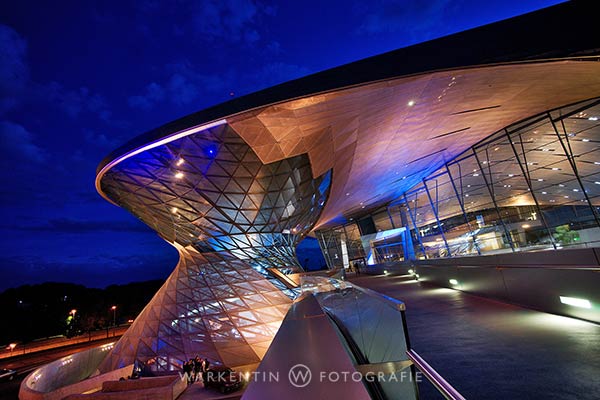
Fortunately, there are a wide range of tripods that are stable and lightweight at the same time, so you do not have to leave your tripod at home for convenience. When selecting “its” tripod, you should take into account the weight of the camera with the heaviest lens you want to use. Since most tripod manufacturers, of course, calculate the maximum weight that a tripod can carry, rather “optimistically”, it is better to include a bit “reserve”. This makes the tripod even in “adverse” circumstances such as wind, very long focal lengths, etc. can not get out of the way. One benefits from sharp sunrises as well as from excellent pictures in the blue hour and during the night. When the weather is good, a tripod can also provide impressive images of the starry sky or very long-focal telephoto lenses from the moon.
Long-term exposure
Long exposure times are not only a forbidden evil in night shots or in indoor rooms. Longer exposure times are also used excellently as a photographic design medium. This technique is popular in the recording of running water such as waterfalls, fountains or mountain streams. But also the light trails of driving cars at night give impressive images through long exposure times.
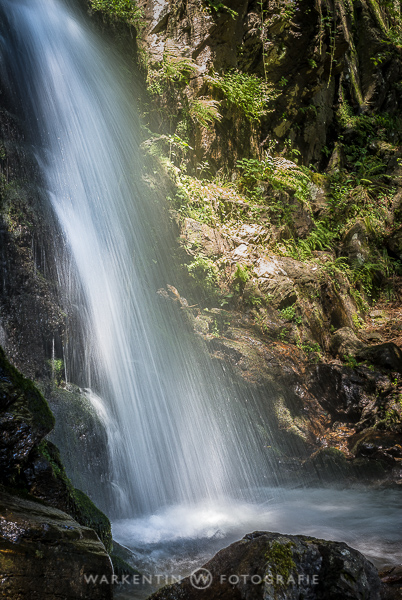
Many ambitious amateur photographers as well as professionals use a grey filter to capture the waves of the sea in a particularly impressionistic way, or to remove people from the pictures in very busy places. In both cases, you need not only a suitable grey filter, but also a stable tripod to perform the extremely long exposure times without any movement of the camera.
Lightpainting
The “lightpainting” theme has been at the top of the popularity scale, especially for younger photo fans. With a little tinkering, lots of creativity and imagination, great pictures are created in the most different ways. Whether in the studio or outdoors, lightpainting always takes place with extremely long exposure times, a tripod is mandatory. Since the exposure times can go into the long minutes or even hours range, a tripod is self-evident, which is “rock-proof”.
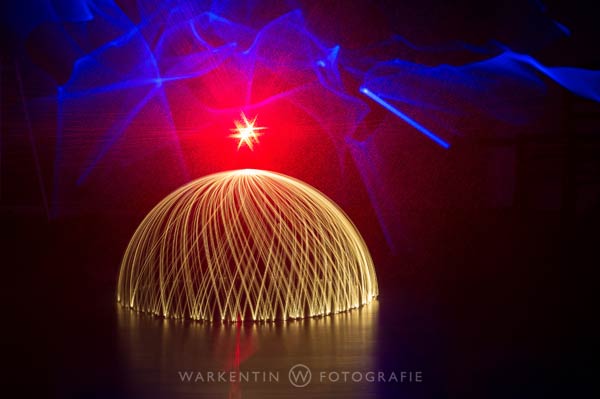
HDR
In order to make HDR photos, which are very popular lately, several recordings with different exposures are needed. To ensure that they fit exactly one on top of the other, a tripod is indispensable not only at night because of the longer exposure times, but also during the day. If the camera is released several times by hand, the tripod should be particularly stable, so that the camera does not move by triggering. In this way, you can take shots that are perfectly matched, avoid double contours and lead to a crisp final result.
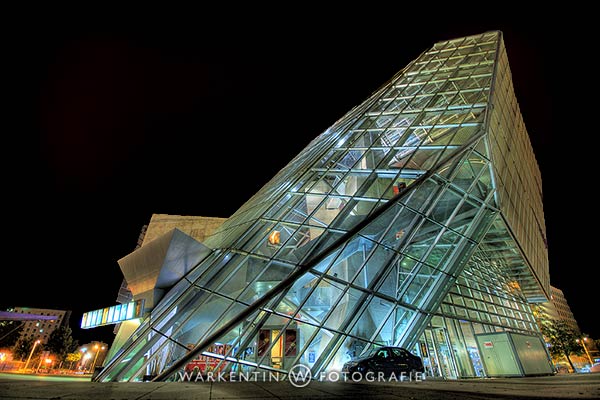
Indoor rooms
In indoor rooms, you often do not have enough light to take pictures. Whether it’s a dark pub, your own four walls, or the wedding ceremony in a church, the light is rare enough to take pictures. A tripod is also unavoidable for technically demanding shots of interior design, in order to obtain crisp, sharp pictures. In addition, in the case of architectural surveys, it is only possible to position the camera exactly horizontally with a tripod, thus avoiding falling lines. A tripod therefore not only helps to stabilize the camera during the exposure, but also with the precise alignment. A 3D or 3-way tilt is helpful. Even better, if more expensive, is suitable for a gear driven, with which one can align the camera very precisely in any direction.
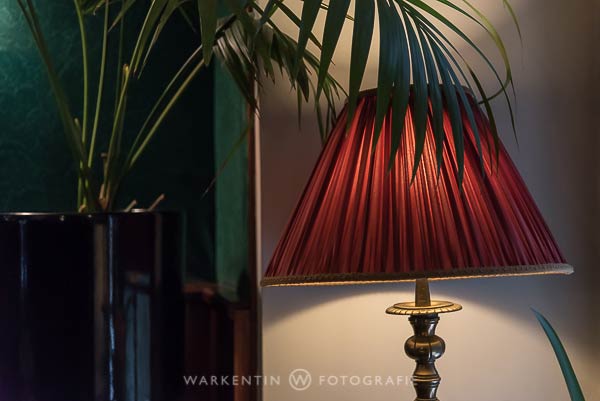
For normal shooting in the interior however, a ball head, as it is offered for most tripods, is completely sufficient. It allows the camera to be quickly moved to any desired position and fixed as required.
Makro
An exception to the rule at the beginning of the article, when a tripod is needed, is the subject of macro photography. Neither long exposure times, nor the desire to be immortalized in the photograph, are usually associated with macro photography.
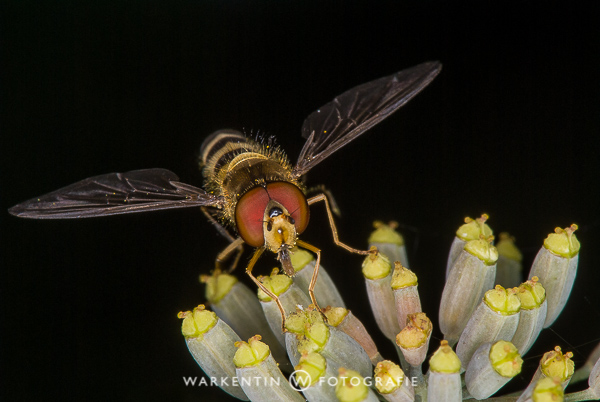
The reason for the use of a tripod is the low depth of field with which one is dealing in the close range of the macro images. If you want to image a dragonfly, a mushroom or a bee, the distance between the camera and the object and the depth of field is very small – often only a few millimeters. The danger that the subject disappears from the sharpness level when shooting without a tripod is great. This effect can be easily avoided by a tripod so that the shot is really sharp where you want it.
Long focal lengths
The use of a tripod is often underestimated when using telephoto lenses. It does not have to be equal to 900 mm focal length, as in the image below of the moon. Even at focal lengths of 200 – 300 mm, the risk of camera shake and blurred images increases. Especially the small, compact travel zones with their low light intensities are prone to this, because in unfavorable light conditions one can not open the aperture far enough. Thus, when the sky is cloudy, exposure times are easy to produce, resulting in fuzzy images. The reason is that for longer focal lengths (telephoto lenses), the maximum exposure time in which one can hold the camera stury is much shorter than with normal (standard lens) or short focal (wide angle) lenses.
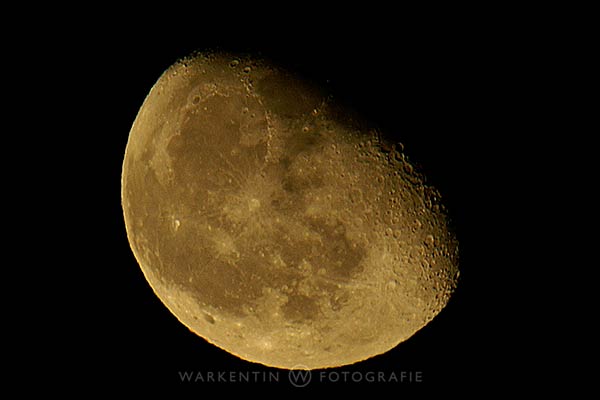
Image composition
Whenever a high value is placed on a good and precise image composition, a tripod is very helpful. A stable tripod in combination with a 3D / 3-wayh or even better with a geared top offers the best conditions to achieve precisely the detail you want. Well or badly one will have to accept the heavier photo luggage, because the results are worth the effort.
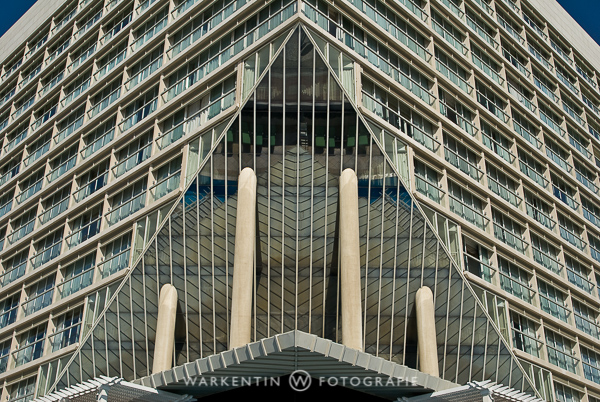
Self portraits / Selfies
Selfie-Sticks sometimes do well for self-portraits with smartphones and small compact cameras. But they do not hold a “real” camera. If you want to capture your own image as well as the surroundings, Selfie sticks are much too short (… and would be synonymous with the photo). A small, lightweight travel tripod provides relief. If you have a remote control for the camera, you are perfectly prepared for “professional selfies”. Otherwise, of course, the self-timer also helps.
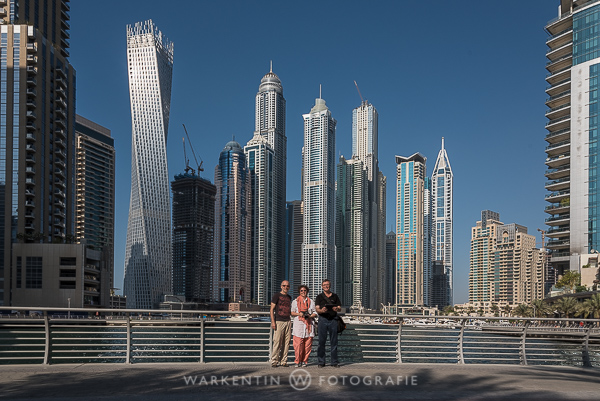
You get a lot more informations about camera tripods in the tripod guide (sorry, only in German):